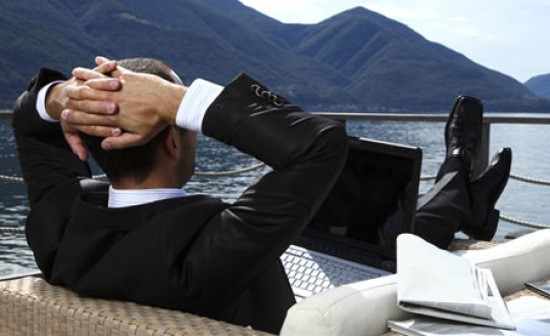Keeping your horse warm and comfortable all year round is a main priority, ensuring they are happy and healthy as they go about their day. With so many rugs available on the market with various designs, styles and additional features to choose from, knowing which is the best option for your horse can be tricky.
A turnout rug is a versatile option which is an essential for many horse owners, offering a layer of protection as your horse enjoys the outdoors. When it comes to turnout rugs, they tend to be worn in the milder months across spring, summer and autumn as they offer a thin layer of protection whilst protecting from any rain showers and keeping your horse’s coat clean from the dirt. By having an extra layer which can protect them from the elements, you can rest assured that your horse is dressed suitably for the day, preventing you from having to dash outdoors if you see a rain cloud head over.
To help you pick out the best turnout rug for your horse and their needs, follow our simple guide on choosing the best fit for your horse:
Weight
The weight of a turnout rug relates to the amount of filling, providing different levels of warmth for your horse. Rugs tend to be split into three categories; lightweight, medium and heavyweight which can be chosen in line with the time of year to provide additional warmth where needed. Weight is stated in grams, referring to the amount of filling used per square metre, with a higher weight being designed for the colder months. As well as the weather conditions, the individual needs of your horse will affect your decision. Consider their age, weight, health conditions and the activeness of their lifestyle to establish whether their body will need the extra support to maintain a comfortable temperature.
Denier
Another variation you will notice is denier, referring to the outer shell of the turnout rug. The ‘D rating’ refers to the number of yarns that have been used to make each single thread, with higher deniers resulting in a stronger fabric. For horses who are likely to come into contact to hazards such as tree branches and the teeth of other horses, a stronger rug will be needed to minimise the risk of any tears. If your horse lives alone or has a placid personality, a lower denier should suffice as they are likely to keep their rug in a better condition.
Cut
Nowadays, the number of turnout rugs available on the market is vast. With so many shapes and sizes designed to suit the extremities, pick out the best one for your horse’s personal needs. Most turnout rug stop at the withers but for ultimate protection, opt for a design which extends up the neck to prevent rain from getting to the shoulder area and to offer more warmth in the chillier weather. Whatever design you choose, ensure you measure your horse to get the perfect fit.



